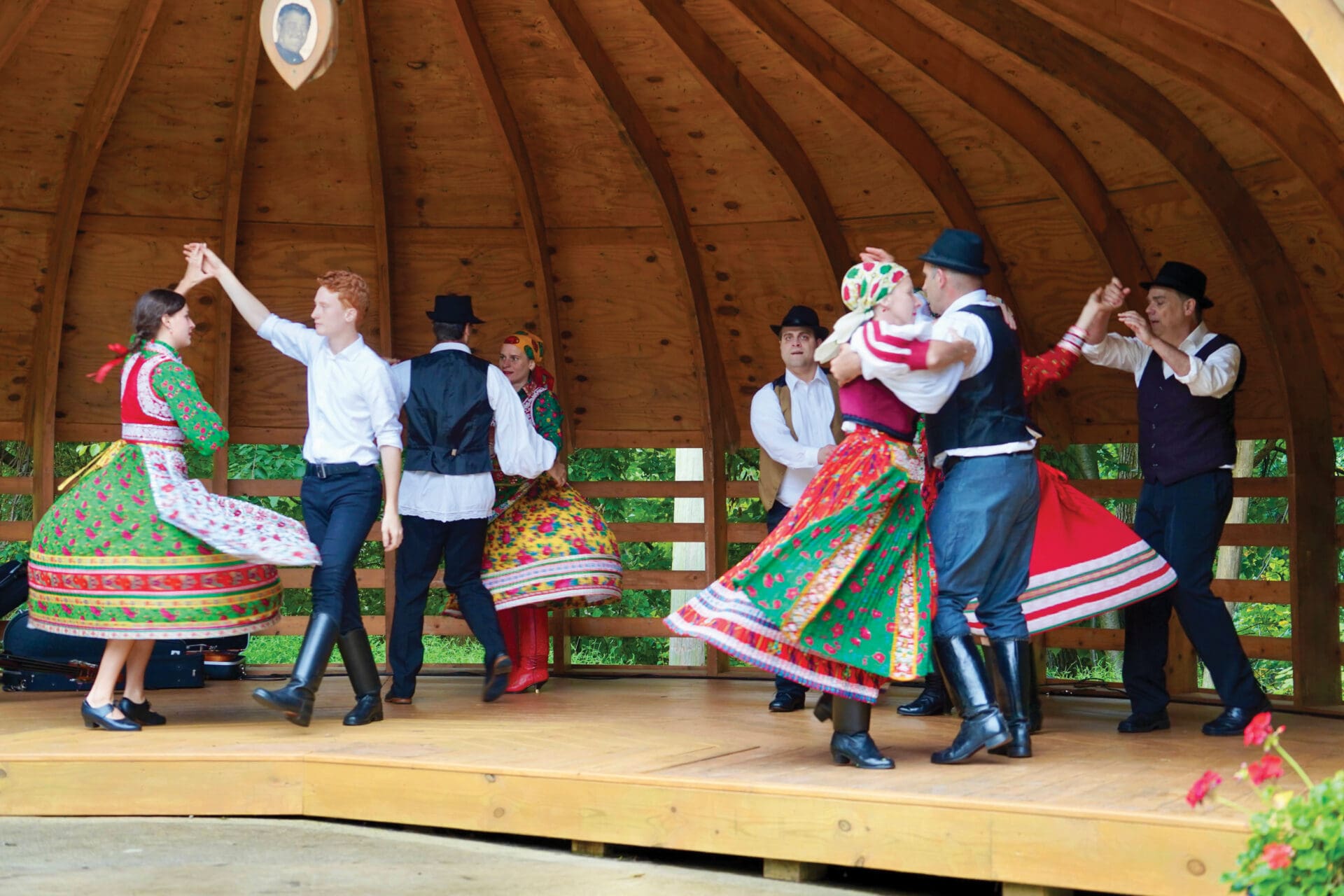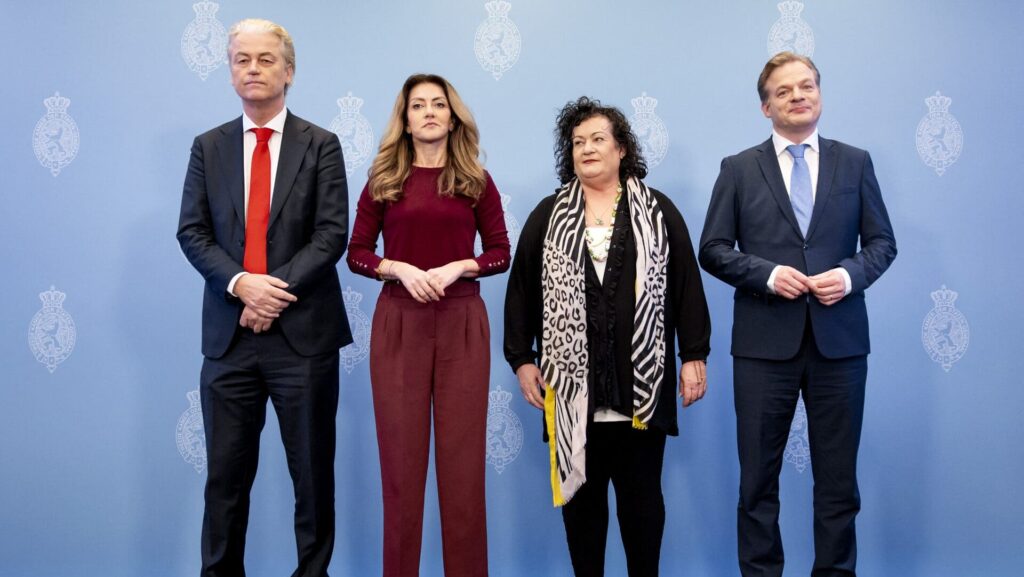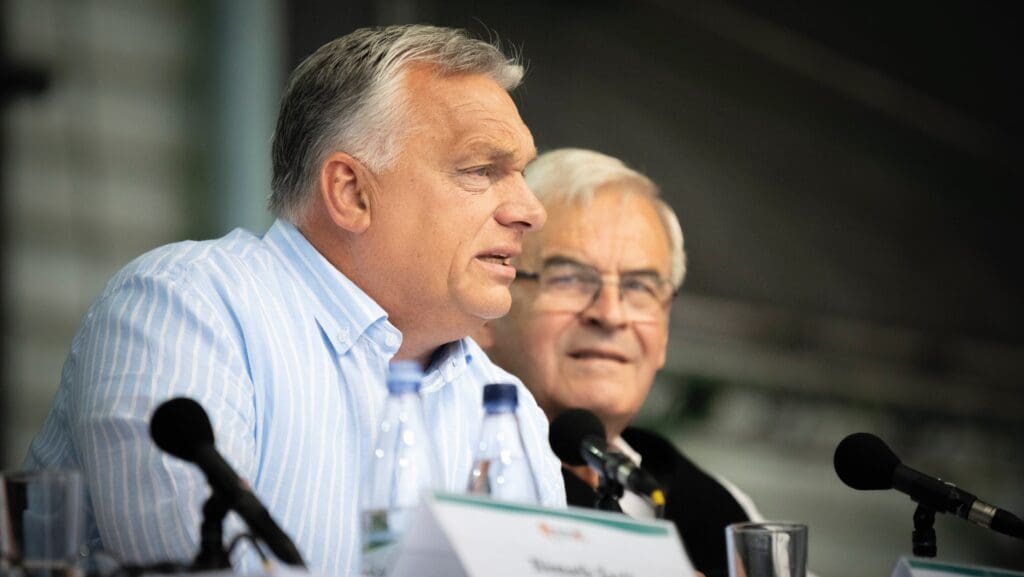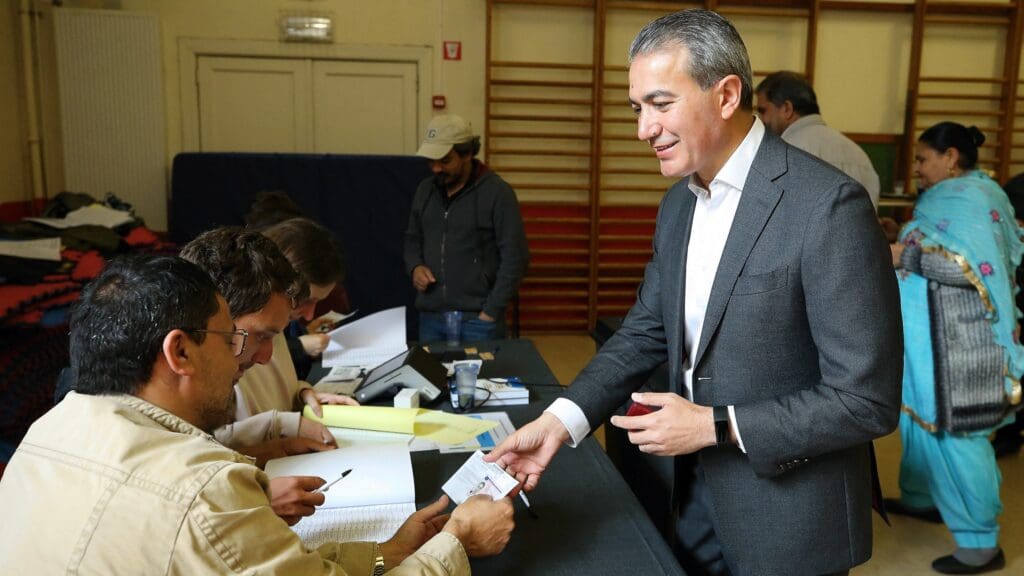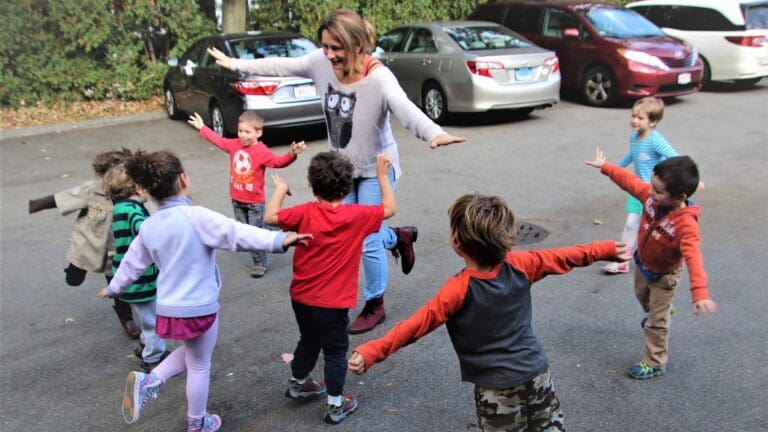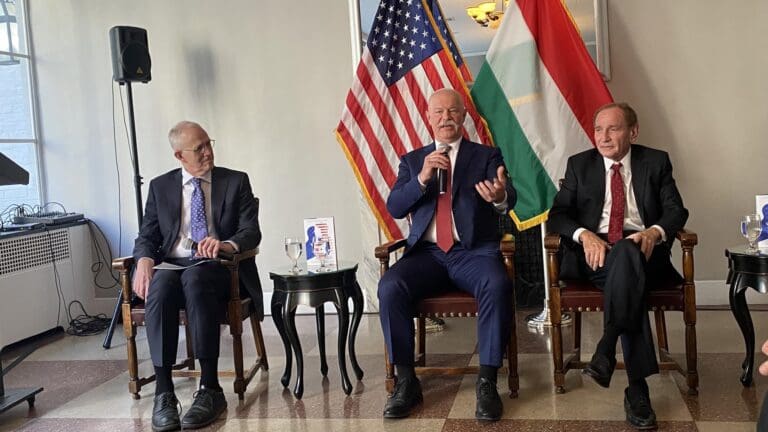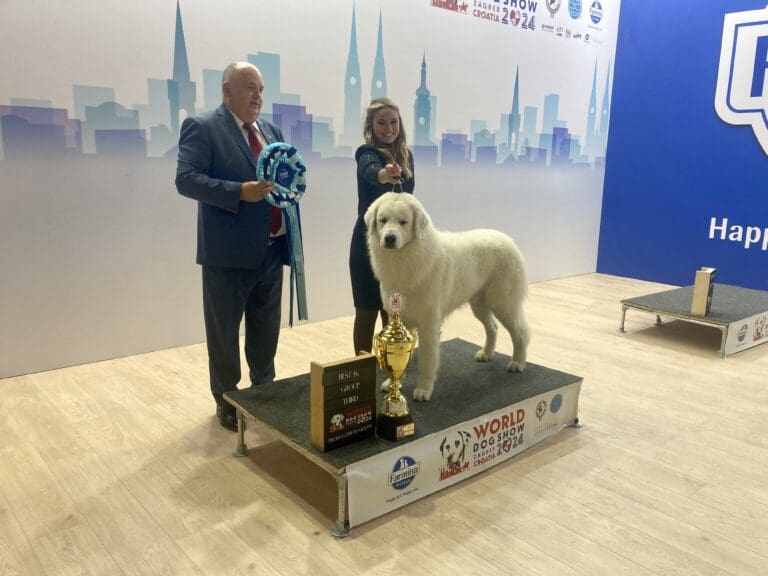This article was published in Vol. 4 No. 1 of our print edition.
A Snapshot of the Hungarian Diaspora in North America
Our family moved from Budapest to the United States (New Jersey) in the summer of 2022. We immediately enrolled our three children in the Hungarian Scouts in Garfield, as well as the Montclair Hungarian Weekend School, and became involved in the life of the Hungarian St. Stephen Roman Catholic Church in Passaic. Later, we also got to know the Hungarian community in New Brunswick and occasionally attended Hungarian events across New York, Cleveland (Ohio), Washington DC, and some other states, as well as in Canada, so I explored quite a few Hungarian communities. The present article is a summary of the varied and in many ways enlightening picture that I have formed on the basis of a series of interviews with members of the Hungarian diaspora in North America, as well as reports on various Hungarian diaspora events.1
In the course of our active family life and my enthusiastic journalistic work, I have had the opportunity to meet many Hungarian Americans during the last year and a half. I have written nearly a hundred articles about their past, particularly in relation to major historical events of the last century (the Second World War and 1956), which often turned out to be as interesting as an adventure novel or a heart-breaking drama. I have also written about the present; about the joys and difficulties of everyday lives, burdened with the additional challenges of diaspora life, as well as about the preservation and transmission of Hungarian spiritual and cultural heritage. I believe that by doing so I managed to develop a comprehensive understanding of current prospects and perhaps the likely future of the Hungarian diaspora in North America—for now, mainly on the East Coast.
My interviewees include former or current leaders and representatives of various Hungarian churches and civic associations, including Hungarian scout troops, weekend schools and school camps, traditional folk dance groups and folk music bands, local clubs, and national associations. These Hungarians are heavily committed to local and national Hungarian community life, and while they are not necessarily well-known or ‘famous’, often being known only locally, they are trying to pass on their faith and their Hungarian language and culture not only to their own children, but also at the community level. Out of these interviews, thirty-seven were selected in the first part of the interview book Magyarnak lenni Amerikában,2 (To Be Hungarian in America), published by Radio Bocskai of Cleveland (Ohio). I have also made several reports on various Hungarian diaspora events (first communions, organizational anniversaries, Hungarian festivals, film screenings, book reviews, etc.), and on various American and/or Hungarian holidays (Christmas, Easter, Mother’s and Father’s Day, Halloween, Thanksgiving, Valentine’s Day, etc.).
‘The most important keystones for the survival of this community are the perseverance and exemplary involvement of the committed Hungarian Americans’
There are one and a half million people of reported Hungarian descent living in North America. Based on my personal experiences and interviews with members of the Hungarian American diaspora, it appears that the most important keystones for the survival of this community are the perseverance and exemplary involvement of the committed Hungarian Americans, the preservation and cultivation of the Hungarian language, culture, and traditions, both at the family and community level, and the close cooperation between Hungarian religious and civic organizations. This may sound straightforward or even simple, but in fact it is very complex and difficult, given that the old ‘Hungarian quarters’—city neighbourhoods inhabited by mostly Hungarians who arrived with various immigration waves at the turn of the nineteenth and twentieth centuries, after the Second World War, and after 1956—have largely disappeared. Only a much smaller number of economic migrants have arrived in recent decades. As such, Hungarians do not currently live in large aggregations, and their attitude towards the preservation and generational transmission of Hungarian identity, language, and culture has significantly changed.
Families
When you move abroad, either of necessity or at your own initiative, the inevitable clash between the host and home cultures raises questions about the future of your mother tongue, culture of origin, and national identity. In a foreign language environment, the use of the mother tongue is not obvious, nor is the development and preservation of the original identity. School-age Hungarian children spend much more time in different educational institutions and with their American friends than with their parents, who typically work long hours.
As Beáta Krasznai3—a psychologist and teacher who has lived in the United States for more than twenty years—explained to me, from a linguistic perspective, the role of the primary caregiver, that is the person who spends the most time with the child (which is usually, but not always, the mother) is of paramount importance. Sometimes the parent speaks good Hungarian, but often switches to English for various reasons (mixed marriage, convenience, conformity, etc.), which is understandable but not useful for language acquisition purposes. Linguistically, of course, one of the biggest challenges is mixed marriage, where English is often used as a compromise. However, there are also many positive examples of parents who do not feel excluded from the family if their partner speaks to their child in his or her mother tongue, and the child thus learns two or three languages at home. At the same time, there are many other (financial, health) pressures on families, which mean that language may not necessarily be the most important factor for them, or which may render Hungarian or multilingual family life unfeasible. In short, a lot depends on the attitude of the parents, the strength of their relationship, and the quality of communication within the family.
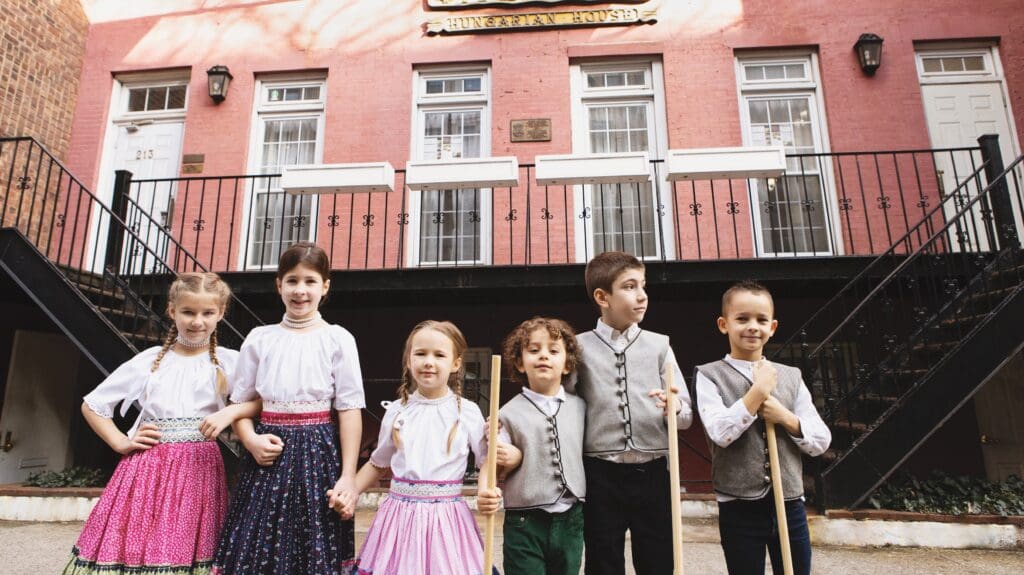
PHOTO: Courtesy Arany János Hungarian School, New York
When it comes to language learning, I could go on at length about the misconceptions that still exist today, shared with me by Hungarian school teachers and principals, despite the well-known fact that once in an educational institution and community, every child learns English ‘on their own’ within a few months. So the primary task of Hungarian parents is (or should be) to cultivate and teach the Hungarian language and Hungarian culture at home. Of course, the issue of culture is closely related to language: Hungarian weekend schools try to teach basic Hungarian history, geography, folk songs, and common folk traditions, etc., but they cannot do wonders in the space of two to four hours per week, while American public schools give only minimal grounding in non-American subjects. Therefore, in order for this knowledge (hopefully) established at home and taught in weekend Hungarian schools to be retained and incorporated, the active involvement of parents is key. This is not necessarily easy even in a Hungarian environment back in Hungary, let alone in North America, where parents and children are ‘burdened’ by a multilingual environment, vast physical distances and intensive workload, and typically looser family ties. Also, Hungarian families usually do not have grandparents living anywhere close. They are generally not part of the families’ everyday lives and are therefore replaced by friends and communities, whose role is even more valued in a foreign environment.
‘In a foreign language environment, the use of the mother tongue is not obvious, nor is the development and preservation of the original identity’
Hungarian identity and its defining elements are an even more complex topic. The typical cultural elements that can be kept in a foreign environment are the major religious and calendar holidays and family customs (weddings, baptisms, name days, birthdays, etc.). In mixed families, these are obviously also mixed. Family meals and dishes are also the most enduring expressions of national identity, even if the family no longer speaks Hungarian or cultivates the culture of their ancestors. On this basis, gastronomy is considered by many to be an important means of preserving Hungarian culture, while others see it as only a partial or substitute solution. In any case, the attitude of the various waves of immigrants towards Hungarian language and culture has never been uniform. Those who came to America as adults are more likely to continue to feel one hundred per cent Hungarian. Their American-born children, on the other hand, may be comfortable in both cultures, and therefore feel one hundred per cent Hungarian and one hundred per cent American at the same time. The third generation will most probably be more American than Hungarian. Moreover, these ratios can change not only between generations, but even within a person’s life. For example, in teenage years, peers and the community are the most important aspects for children, and to balance these impacts, parents should constantly try to reaffirm their children’s Hungarian identity, by taking or sending them to Hungary to visit relatives, to study, or to work.
Parents in the diaspora have a lot of extra responsibilities, even at the family level. At the same time, diaspora life may also offer many additional gifts: by passing on Hungarian language and culture to their children, parents not only strengthen their children’s Hungarian identity, but also the parent–child relationship, since children who know their parents’ language and culture understand them better. Moreover, dual identity, when it works well, means double enrichment, both spiritually and culturally.
Communities
In a foreign environment, especially in the absence of grandparents and relatives, the role of the community is enhanced, both in terms of Hungarian language and culture, as well as faith and religion. Without a community, it is difficult or impossible to preserve the Hungarian cultural heritage and faith. This challenge certainly puts an additional burden on parents’ shoulders, not only because of the potentially long driving distances to and from community organizations and events, but also because Hungarian community events (such as mass/church services, school, scouting, folk dancing, etc.) are concentrated on weekends, usually on both Saturdays and Sundays, every weekend. This often creates difficult choices and conflicts between Hungarian friends and community programmes, as well as American sports and American friends. Living and passing on Hungarian language, culture, and identity in diaspora life is therefore always a matter of very conscious parental choices and persistence, which in the case of adolescent children creates new conflicts within the family, in addition to the parental challenges that already exist at that age. This is why Tamás Marshall4—the youth leader of St Stephen’s Roman Catholic Magyar Church in Passaic, New Jersey—says that the fight for faith and Hungarian heritage should not be against, but together with, the children. The big question is: how?
Among Hungarian organizations, churches still play a prominent, albeit steadily decreasing role. Hungarian immigrants arriving at the turn of the nineteenth and twentieth centuries or later often built churches even before they had houses of their own. They usually ran Hungarian weekend schools alongside or as part of their churches and set up community halls and kitchens where they could hold regular community events—and still do today where churches still exist. They remain the driving force behind many Hungarian communities to this day, despite the fact that over the past few decades, several churches have closed and several Hungarian communities have ceased to exist, while the number of churchgoers attending the existing churches fluctuates and typically declines.
It is also a big challenge to secure Hungarian priests/clerics, typically from Hungary, where there is also a shortage. Moreover, in the diaspora there is often a need for priests who can also run cultural institutions. Toronto parish priest Tamás Forrai5 told me that they needed to be not only church leaders, but also cultural directors. Yet despite this, or perhaps because of it, churches still perhaps provide the most effective means of ensuring cohesion between the various civic organizations, encouraging effective cooperation by virtue of their privileged status, and can potentially overcome the many personal and organizational clashes. The issue of bilingualism at churches is seen by some as a threat while others see it as an opportunity. The latter is most characteristic of Reformed (Calvinist) Church communities, where English speakers of Hungarian origin are also active members of their congregations in larger numbers.
Nowadays, the most prominent civic association in the North American Hungarian diaspora is clearly the Hungarian Scout Association in Exteris (KMCSSZ in Hungarian), which currently has about 3,000 active members and twenty-five troops in the US. Their most important mission, in addition to fostering Hungarian identity and faith (and passing on scouting skills), is character education, which, according to its current president, Imre Lendvai-Lintner,6 is the most important challenge they face today. According to some old scouts, today’s Hungarian scouts have become ‘softer’, adopting the American style: their camping equipment is much more comfortable, and their trips present less of a physical challenge than those in the past. It is also harder to foster the Hungarian language than it was fifty or sixty years ago, when Hungarians tended to live in aggregations in city environments. Former New York scoutmaster Viktor Fischer7 states that the secret to the survival of Hungarian scouting, beyond dedicated scout leaders and enthusiastic, supportive parents, is a well-developed, age-appropriate curriculum. And an internet-free environment, I must add, since the biggest change and challenge these days for scout leaders is that they are competing with technology (mobile phones), which makes it much harder for them to organize sufficiently engaging sessions and trips.
‘Living and passing on Hungarian language, culture, and identity in diaspora life is therefore always a matter of very conscious parental choices and persistence’
Across the thirty-five Hungarian weekend schools spread across America, the quality of education varies widely due to the growing number of mixed marriages. Education has to adapt to the new situation, thus children are not only grouped by age, but also by Hungarian language skills. The result is an interesting mix, with older children being able to read at a more serious level, but often in a different language (English), and some of the younger children understanding and speaking Hungarian much better than the older ones within the same class. According to parent-teacher Zsuzsanna Szalai8 from New York, this is a challenge that cannot really be solved, but only overcome, by making school useful and enjoyable for all students. That is why besides Hungarian education, one of the most important aspects of Hungarian schools today is that children should have fun. After all, most of them are unlikely to live their lives in a Hungarian-speaking environment, so the Hungarian school will be a distant childhood memory for them. It is therefore important that they have good experiences to remember because that may encourage them to get involved with the Hungarian communities around them later on, and to pass on the language and culture to their children as well.
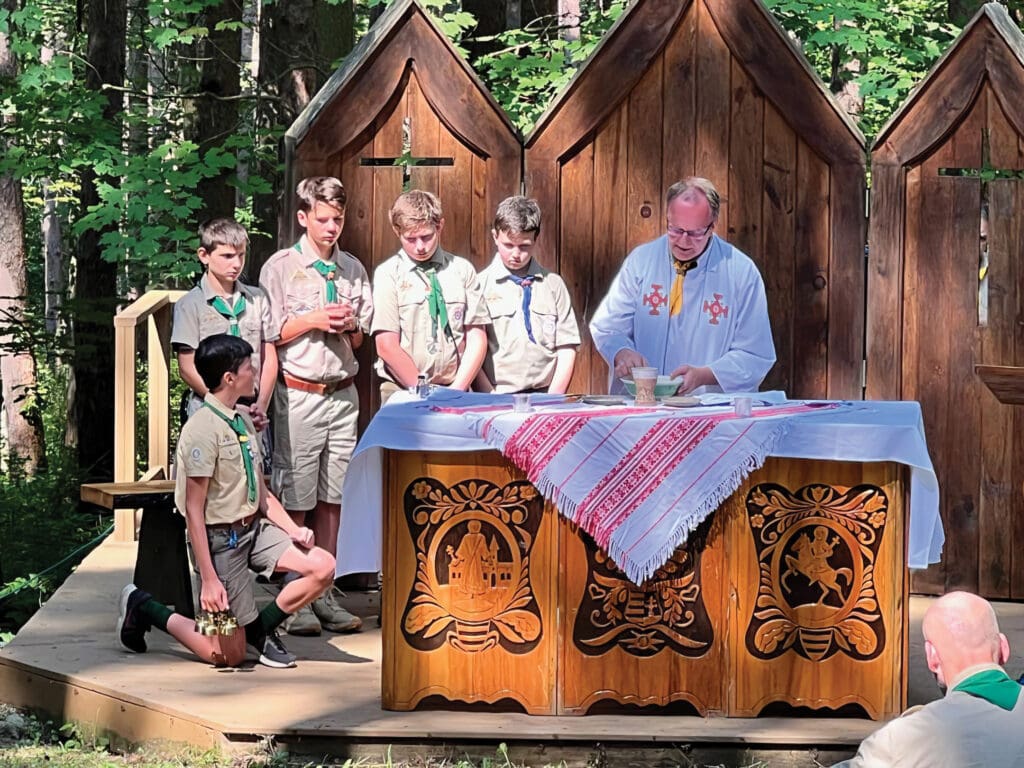
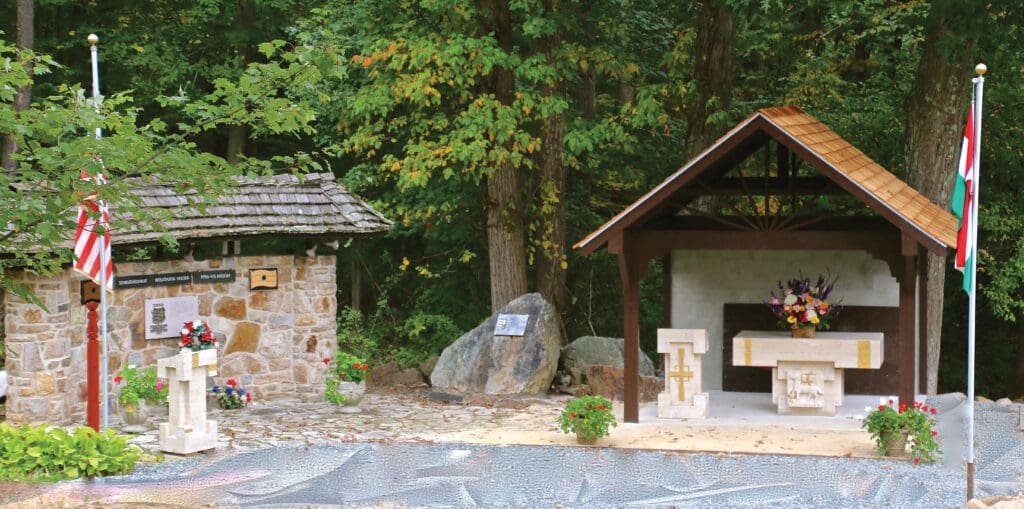
The Hungarian folk dance and folk music movement in North America, founded in the 1970s by Kálmán and Judit Magyar,9 seems to have a more secure future because language plays a less prominent role in this respect. Additionally, Hungarian folk music is so catchy and Hungarian folk dancing is so spectacular that it attracts many non-Hungarian Americans; thus, in many places there are dance groups and orchestras with a mixed language background, and some dance groups (such as the one in Washington DC) were founded by non-Hungarians. Folk dance and heritage groups—though significantly reduced in the post-COVID world—are still operating in all cities that have Hungarian community life.
Finally, the fourth ‘leg’ of supporting Hungarian identity comprises Hungarian houses and clubs. Unfortunately, there are only a few of these left in North America, as the former Hungarian cinemas, theatres, bookstores, and literary clubs have all vanished, with a few exceptions. Nevertheless, cultural events still exist, but mainly of a folk or gastronomic nature: Hungarian Days and folk festivals are still popular, but their content has changed and been simplified over time. Instead of higher culture (literary evenings, classical music, etc.), there is now a demand for more popular culture programmes (parties, pop music, etc.), even at the more elegant gala balls. Also popular are events of Hungarian gastronomy—for which, of course, you do not need to know the language.
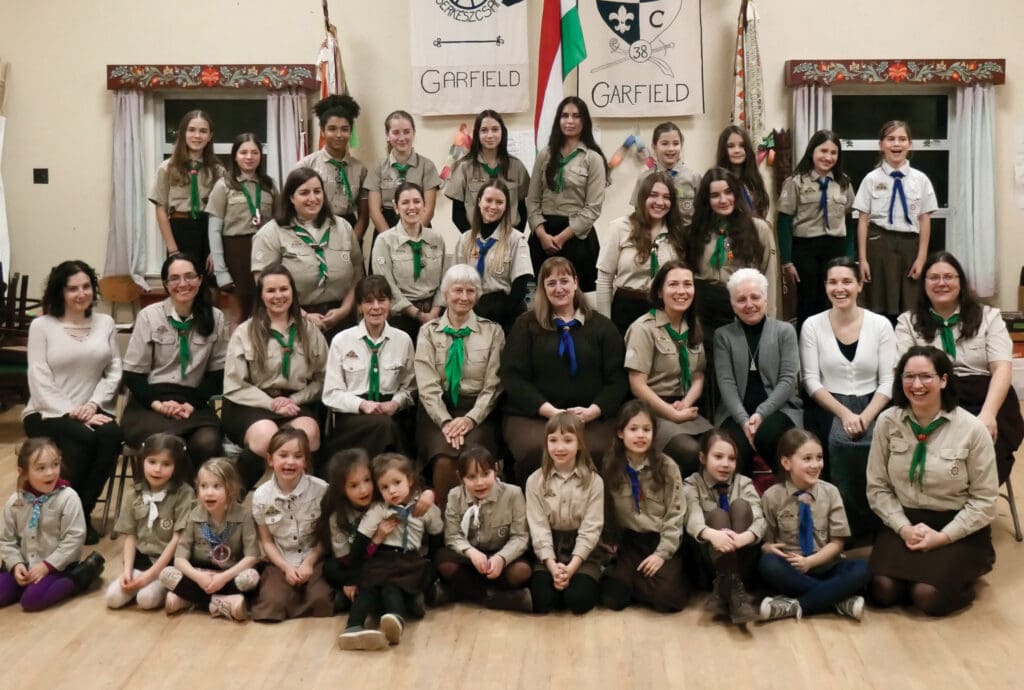
The importance of intergenerational and inter-organizational cooperation in community life should also be mentioned. Regarding the former, there are many difficult situations where the very active first generation was not able to successfully pass on the baton, often leaving the enthusiastic but less experienced younger generation behind. Different generations not only have different ideas (plans and means) but also quite different motivations. They are no longer refugees, and the connections with the motherland and Hungarian culture are of a varying nature. The generations of 1945 and 1956 have been gradually passing away over the past two decades, and unfortunately, in many places there is no succession plan to take over the institutions. This means that the culture of volunteering must not only be lived and exemplified, but also taught and passed on.
As for the latter, since most local organizations have overlapping members, it is very important to coordinate the various events in advance, otherwise the small group of helpers, as well as the audience, will be even smaller. For this reason, in some places local umbrella organizations are operated with the sole purpose of coordinating local (often jointly organized) events. And there are also traditional and newer national-level organizations that coordinate Hungarian associations and events and try to represent the interests of Hungarians—even at a political level—such as the Hungarian American Federation (HAF), the Hungarian Human Rights Foundation (HHRF), the Hungarian American Coalition (HAC), the American Hungarian Educators Association (AHEA), the American Hungarian Schools Association (AMIT), the Hungarian Association (HA), the Hungarian Communion of Friends (HCF), and the newly established Hungarian Folklife Association (HFA).
Last, but by no means least, the Hungarian government’s multifaceted initiatives, that is the Gábor Bethlen Fund, and the various two-way scholarship programmes, such as the Kőrösi Csoma Program (KCSP) or the Balassi Scholarship, play a huge role in the survival of the diaspora. However, all this would be for nothing if there were no enthusiastic beneficiaries. As Györgyi Papp,10 the widow of the first Hungarian honorary consul, László Bőjtös, has recently put it in a private message to me after reading my diaspora interview book:
‘We see ourselves as an integral part of the global Hungarian community. We consciously accept the fate of the diaspora, and we wish to cultivate this as a positive and active participation. We see all this as a surplus, a value worth preserving. The sense of belonging, the cultivation of our spiritual bond, has been with us since our beginnings. The past, like the roots, is a starting point for the future. Either we assimilate in the melting pot, or we preserve our values and our specialities as parts of a mosaic. We try to look outside the vicious circle of constant looking back, finger-pointing and accusatory judgement. We may not see the end of the road, but it would be a sin to do nothing even if we cannot do everything.’
NOTES
1 Ildikó Antal-Ferencz, Magyarnak lenni Amerikában (To Be Hungarian in America) (Cleveland, OH: Bocskai Rádió, 2023). In addition to this volume of interviews, my articles, blogs, and further interviews can be read online at the following platforms: Magyar Kurír, 777blog, Reformátusok Lapja, and Hungarian Conservative Online.
2 Antal-Ferencz, Magyarnak lenni Amerikában.
3 Beáta Krasznai is the founder and headmaster of a Hungarian weekend school (Nebuló Magyar Nyelviskola) in Cleveland, Ohio.
4 Tamás Marshall was born in the US and is a very active Hungarian community member (youth leader, regional scoutmaster, teacher and headmaster of an American elementary school) in New Jersey.
5 Tamás Forrai is a Jesuit parish priest from Hungary serving in Toronto, Canada, since 2017.
6 Imre Lendvai-Lintner’s parents were so-called DPs (displaced persons). He was born in Austria and arrived in the US with his family when he was seven. He has been leading the KMCSSZ for more than thirty years.
7 Viktor Fischer was born in Hungary. His family fled in 1945 and arrived in the US when he was thirteen. He was the second Hungarian scoutmaster in New York and is still active in organizing sport and poetry recitation competitions for scouts.
8 Zsuzsanna Szalai has been a member of the Board of the HPTA (Hungarian Parent-Teacher Association) for five years and Director of Education for three years at Arany János Hungarian School in New York (AJMOI).
9 Kálmán Magyar arrived in the US in 1963 as an eighteen-year-old young adult. He soon became the artistic leader of the Hungária folk dance group in New York, and together with his wife, Judit, played a decisive role in the revival and renewal of the Hungarian folk dance movement in the US.
10 Györgyi Bőjtös (née Papp) is the widow of the first Hungarian honorary consul in the US, László Bőjtös. They fled from Hungary in 1956, became very active members of the Hungarian community in Cleveland, Ohio, and are one of the founders of the Hungarian Communion of Friends (HCF).

